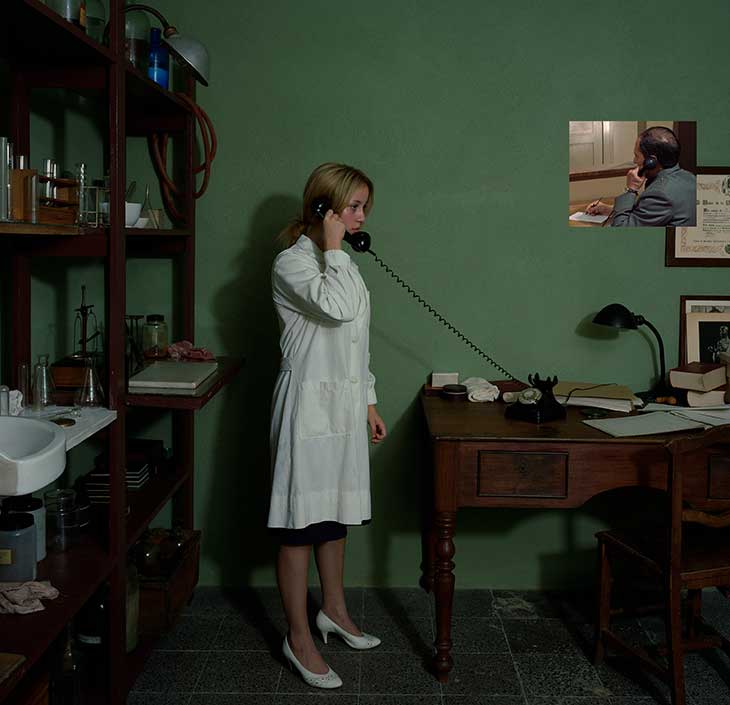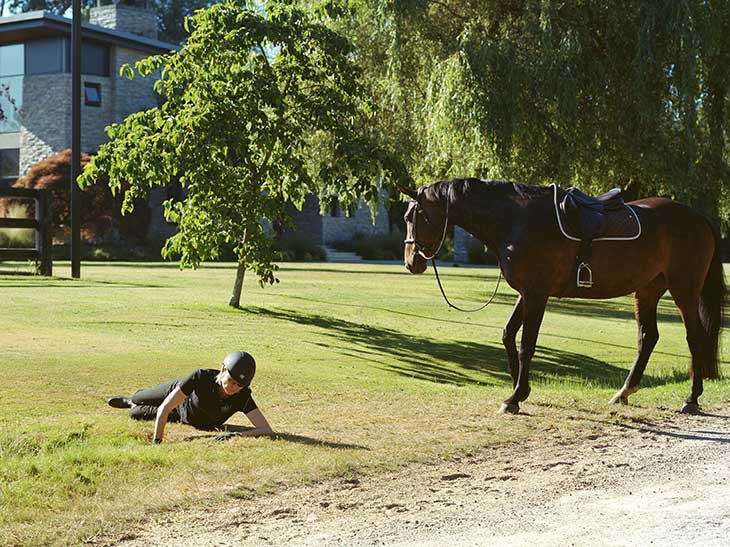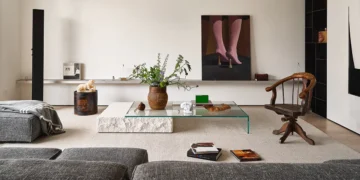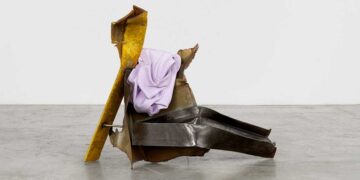
Jeff Wall’s latest exhibition at Gagosian’s 541 West 24th Street gallery in New York presents an exploration of photography’s narrative potential. With five new works and several U.S. debuts, Wall once again demonstrates his mastery in blending documentary realism with constructed artifice. Known for pushing the boundaries of the medium, Wall brings together elements of painting, cinema, and literature in photographs that demand careful, layered interpretation. His ability to transform seemingly ordinary moments into visual statements remains a hallmark of his artistic vision.

Several of the works on display fall under what Wall calls “near documentary,” a term that captures the balance between spontaneity and construction in his photography. These images may appear like snapshots, but their creation often involves elaborate staging with the participation of the people portrayed. Among them, Young man wet with rain (2011) and Portrait in Noto (2007/2023) stand out, offering full-length portraits that evoke a deep sense of narrative tension.

In a rare treat for American audiences, Wall’s early landscapes from 1980 are shown together in the exhibition, offering a glimpse into his foundational years. These works, including Steves Farm, Steveston and The Jewish Cemetery, depict quiet, transitional spaces in Wall’s hometown of Vancouver. As early examples of his engagement with urban and suburban environments, they capture a sense of place and change, themes that Wall would continue to explore in his later work. The inclusion of Echo Park (2023), a large cityscape of Los Angeles, bridges the gap between these early explorations and Wall’s more recent interest in urban sprawl.
Two new photographs in the exhibition take Wall’s work into a more surreal, imaginative direction. Maquette for a monument / to the contemplation / of the possibility of mending / a hole in a sock (2023) features a woman seated with a sock and needle in hand, creating a dreamlike allegory of repair and restoration. Meanwhile, Informant: An occurrence not described in chapter 6, part 3 of Últimas tardes con Teresa by Juan Marsé (2023) draws inspiration from literature, merging elements of fiction with Wall’s photographic precision. Commissioned for a Barcelona project, this piece connects Wall’s fascination with literary and social themes to his visual storytelling.

In another standout work, In the Legion (2022), Wall captures the bustling interior of a tavern, where a patron appears to be caught mid-backflip. Like many of his photographs, this image leaves viewers questioning its origins—is it a real event, a staged moment, or a blend of the two? This sense of ambiguity is central to Wall’s approach, as he plays with the tension between reality and imagination, keeping audiences engaged in deciphering the truth behind each scene.
Wall’s work has consistently earned recognition from major institutions, with pieces housed in collections from the Museum of Modern Art in New York to the Museum für Moderne Kunst in Frankfurt. Alongside the exhibition, Wall will curate a film series, Jeff Wall Selects, further illustrating his connection to both visual and cinematic storytelling.



















